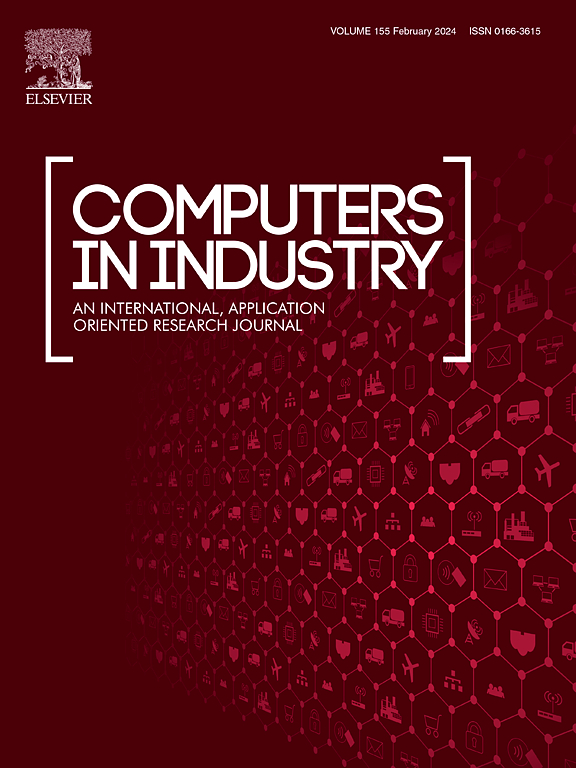Automated configuration for cost-effective digital solutions
IF 9.1
1区 计算机科学
Q1 COMPUTER SCIENCE, INTERDISCIPLINARY APPLICATIONS
引用次数: 0
Abstract
Low-cost digital solutions have been proposed as a means of helping Small and Medium-sized Enterprises (SMEs) in manufacturing. To reduce development costs and enable SMEs to create digital solutions for their specific requirements, workers should be able to configure their own solutions. However, such an approach can be problematic – and at times infeasible – as the SME may not have access to staff with the necessary software skills. Hence, this paper proposes an automated configuration approach for the preparation, customisation, and automatic generation of low-cost digital solutions. This approach was implemented in the development of an Automated Solution Configurator (ASC) platform. The ASC specifically makes use of a particular reference architecture (the so-called Shoestring approach) as a foundation for the design of low-cost digital solutions. These solutions are composed of modules of key functions (referred to as a “Service Module”), which themselves integrate “Building Blocks” (BBs) of low cost technology elements. The paper presents an overview of the ASC platform; its usefulness and usability are evaluated via (a) three industrial application studies, (b) a user study with seven participants and (c) a direct comparison between ASC-based and expert-prepared solutions. The evaluations demonstrate that users with a range of expertise can rapidly create low-cost solutions using the ASC platform. Comparing the ASC-generated code side by side with that written by an expert, the ASC code tends to be longer than a solution developed by an expert but still operates effectively. It is also demonstrated that the ASC approach can support simple solution reuse by reconfiguring technology BBs for different digital solutions.
自动化配置,实现经济高效的数字解决方案
低成本的数字化解决方案已经被提出作为帮助中小企业(SMEs)在制造业中的一种手段。为了降低开发成本并使中小企业能够为其特定需求创建数字解决方案,员工应该能够配置自己的解决方案。然而,这种方法可能会有问题——有时是不可行的——因为中小企业可能无法获得具有必要软件技能的员工。因此,本文提出了一种用于准备,定制和自动生成低成本数字解决方案的自动化配置方法。该方法在自动化解决方案配置器(ASC)平台的开发中实现。ASC特别使用了一个特定的参考架构(所谓的Shoestring方法)作为设计低成本数字解决方案的基础。这些解决方案由关键功能模块(称为“服务模块”)组成,这些模块本身集成了低成本技术元素的“构建块”(BBs)。本文介绍了ASC平台的概况;其有用性和可用性通过(a)三个工业应用研究,(b)七个参与者的用户研究和(c)基于asc和专家准备的解决方案之间的直接比较来评估。评估表明,具有一系列专业知识的用户可以使用ASC平台快速创建低成本的解决方案。将ASC生成的代码与专家编写的代码进行比较,ASC代码往往比专家开发的解决方案更长,但仍然有效地运行。还证明了ASC方法可以通过为不同的数字解决方案重新配置技术论坛来支持简单的解决方案重用。
本文章由计算机程序翻译,如有差异,请以英文原文为准。
求助全文
约1分钟内获得全文
求助全文
来源期刊

Computers in Industry
工程技术-计算机:跨学科应用
CiteScore
18.90
自引率
8.00%
发文量
152
审稿时长
22 days
期刊介绍:
The objective of Computers in Industry is to present original, high-quality, application-oriented research papers that:
• Illuminate emerging trends and possibilities in the utilization of Information and Communication Technology in industry;
• Establish connections or integrations across various technology domains within the expansive realm of computer applications for industry;
• Foster connections or integrations across diverse application areas of ICT in industry.
 求助内容:
求助内容: 应助结果提醒方式:
应助结果提醒方式:


